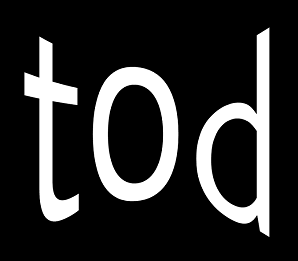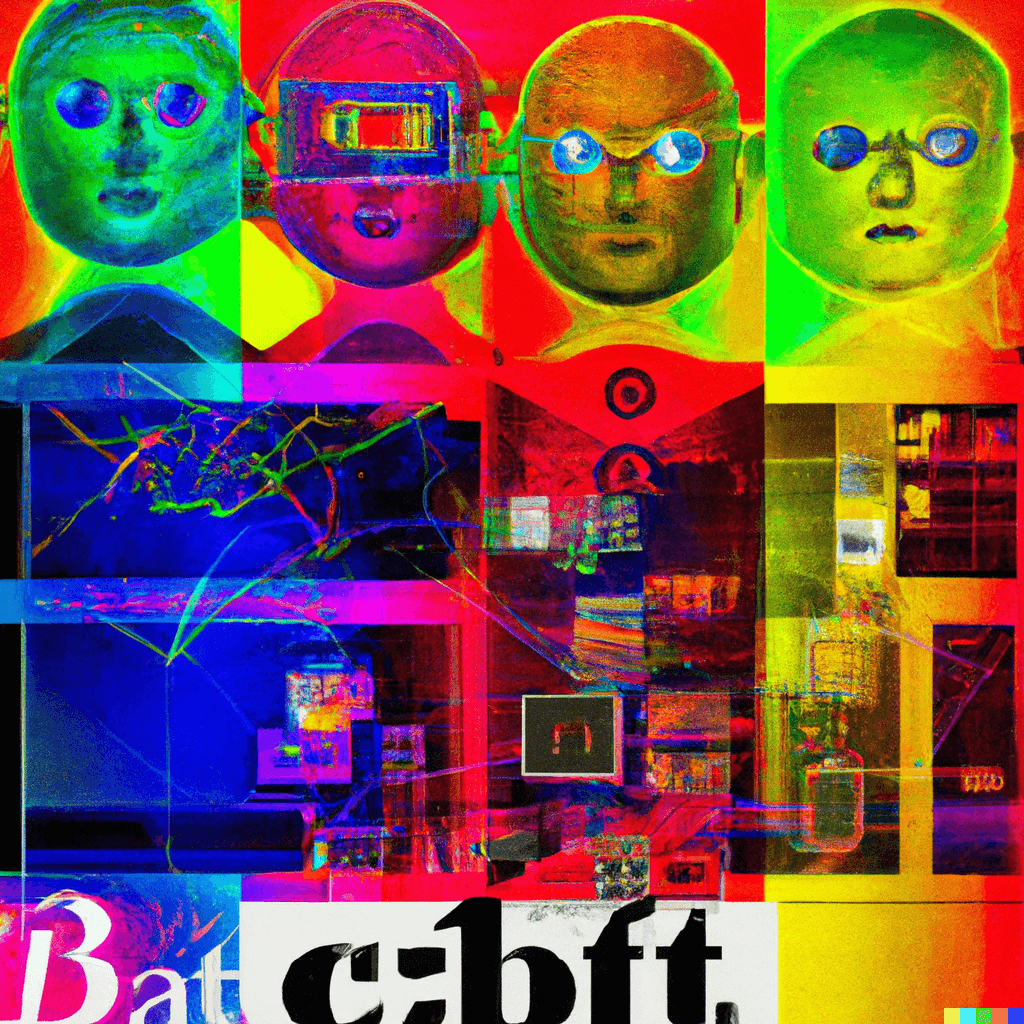Click to Read Sections:
- 1 AI-generated Art Can’t Be Copyrighted
- 2 DALL-E 3 Integrates with ChatGPT for Conversational Image Prompting
- 3 ChatGPT Can Browse the Web Again
- 4 ChatGPT Speaks!
- 5 Meta Introduced AI-powered Bots in WhatsApp, Messenger, and Instagram
- 6 ChatGPT-powered Microsoft Copilot Released for Windows and Office Apps
- 7 Autonomous Ship Sails Halfway Around the World
- 8 AI-powered Virtual Girlfriend Apps Flood Facebook, Instagram and TikTok
- 9 AI-powered Image Generators Produce Porn and Deepfakes
- 10 AI Billionaires School US Senators in a Closed-door Briefing
- 11 Employee Monitoring Software Can Help Train AI to Replace Workers
- 12 Tesla is Building a Supercomputer Named Dojo to Fuel AI Advances
- 13 Amazon Investing Up to $4 Billion in Anthropic, Maker of AI Chatbot Claude
- 14 Some Governments Ban ChatGPT While Others Embrace It
- 15 AI-powered Facial Recognition Software Jails Argentinian After a Data Entry Error
AI-generated Art Can’t Be Copyrighted
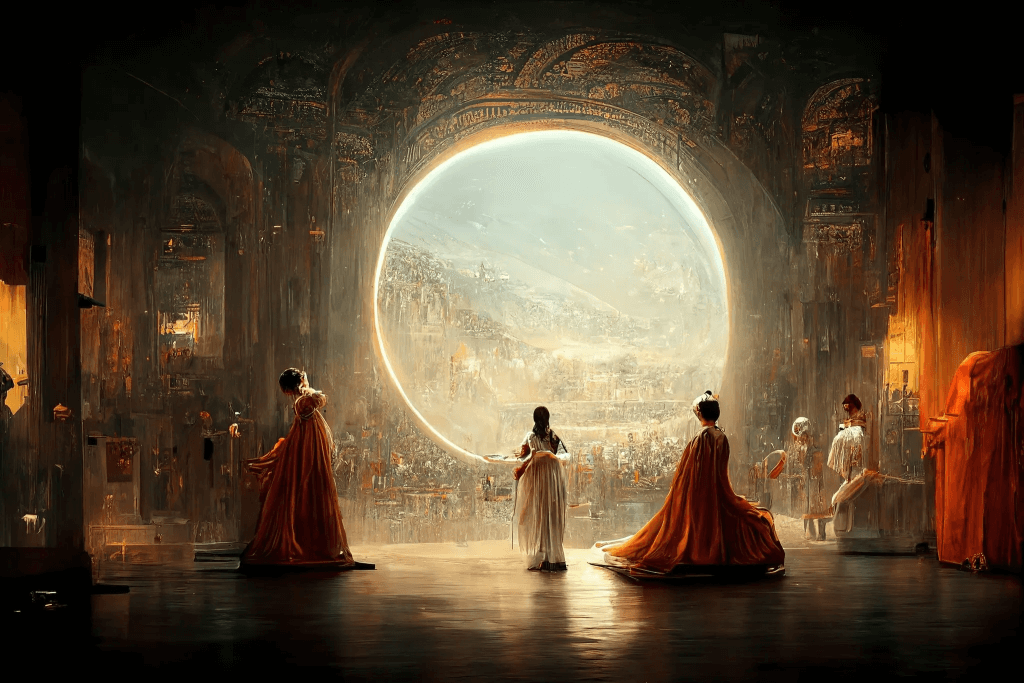
Despite using at least 624 text prompts and input revisions, and winning first prize in the Colorado State Fair, the US Copyright Office has declined to offer copyright protection to the digital art Théâtre D’opéra Spatial by Matthew Allen. The ruling confirms that only a human can be granted a copyright; not Midjourney or a monkey taking a photo or an elephant painting on canvas.
The implications could apply to Hollywood films created with AI, because without copyrights a studio couldn’t protect the film or their revenues. But AI creation tools are here to stay, so it remains to be seen how much original human artistic input goes into a finished product to gain copyright protection. With enough aesthetically-altering Photoshopping, a work could be granted a copyright, but that’s a line that hasn’t been drawn yet.
DALL-E 3 Integrates with ChatGPT for Conversational Image Prompting
OpenAI announced the next version of image-generating DALL-E is combined with ChatGPT so users can use natural language instead of “prompt engineering”. The integration allows more people to create AI art since they will no longer need to know how to phrase an effective prompt. Plus, ChatGPT can write text about an image, for example, to write a story about a character that DALL-E 3 generated.
ChatGPT Can Browse the Web Again
When OpenAI first allowed ChatGPT to browse the web, it was shut down almost immediately because it could be used to bypass paywalls. But now ChatGPT uses Bing to search the web and provide up-to-date answers. Browsing was opened to Plus and Enterprise users, with plans to expand access to everybody soon.
ChatGPT Speaks!

OpenAI is adding speech-to-text and text-to-speech capabilities. The new voice feature is supposed to make the chatbot seem more human-like and enable better conversations. The new feature called Voice Conversation enables a direct conversation with ChatGPT, eliminating the need for a keyboard. The speech feature rolled out to iOS and Android users with a Plus subscription first, with plans to expand to Enterprise users and then everybody else. OpenAI will also give developers access in order to make custom-speaking chatbots. For example, Spotify is already using OpenAI’s voice capabilities to summarize podcasts.
Meta Introduced AI-powered Bots in WhatsApp, Messenger, and Instagram
Meta’s answer to ChatGPT, Bing Chat, and Google Bard is known as Meta AI, which relies on Llama 2 to answer your questions, and it does this by searching the Internet for information, thanks to Meta’s partnership with Bing. Instagram users can also enhance their images with an AI-powered editor.
ChatGPT-powered Microsoft Copilot Released for Windows and Office Apps
Copilot is now available to Microsoft 365 users with an additional $30 license. Copilot is like having ChatGPT built into all of your Microsoft apps, like Windows, Edge, Excel, and PowerPoint. Copilot can summarize emails, create presentations from documents, and even analyze a spreadsheet.
Autonomous Ship Sails Halfway Around the World

The merchant ship Prism Courage sailed from the Gulf of Mexico to South Korea using a semi-autonomous navigation system HiNAS 2.0 from Hyundai subsidiary Avikus. Sailing half the 20,000 kilometers around the world, this voyage was the world’s first transoceanic autonomous trip. The navigation system guided the ship on the most efficient route while detecting and avoiding other ships at least 100 times. The navigation system uses AI that’s trained to recognize specific weather patterns, respond to waves of varying heights, and identify nearby ships, but it’s not sophisticated enough yet to handle busy areas near ports.
AI-powered Virtual Girlfriend Apps Flood Facebook, Instagram and TikTok

Even as social networks try to filter nudity, sex workers, and sexual content, ads for new virtual girlfriend apps popped up promising not-safe-for-work (NSFW) pics and dirty talking role play. Ads also appeared on Apple’s App Store and Google’s Play Store, even though Apple and Google don’t allow pornography apps in their app stores. However, app developers flood the platforms with hundreds of ads, many using comic or Sesame Street characters with the overlay text “NSFW”.
AI-powered Image Generators Produce Porn and Deepfakes
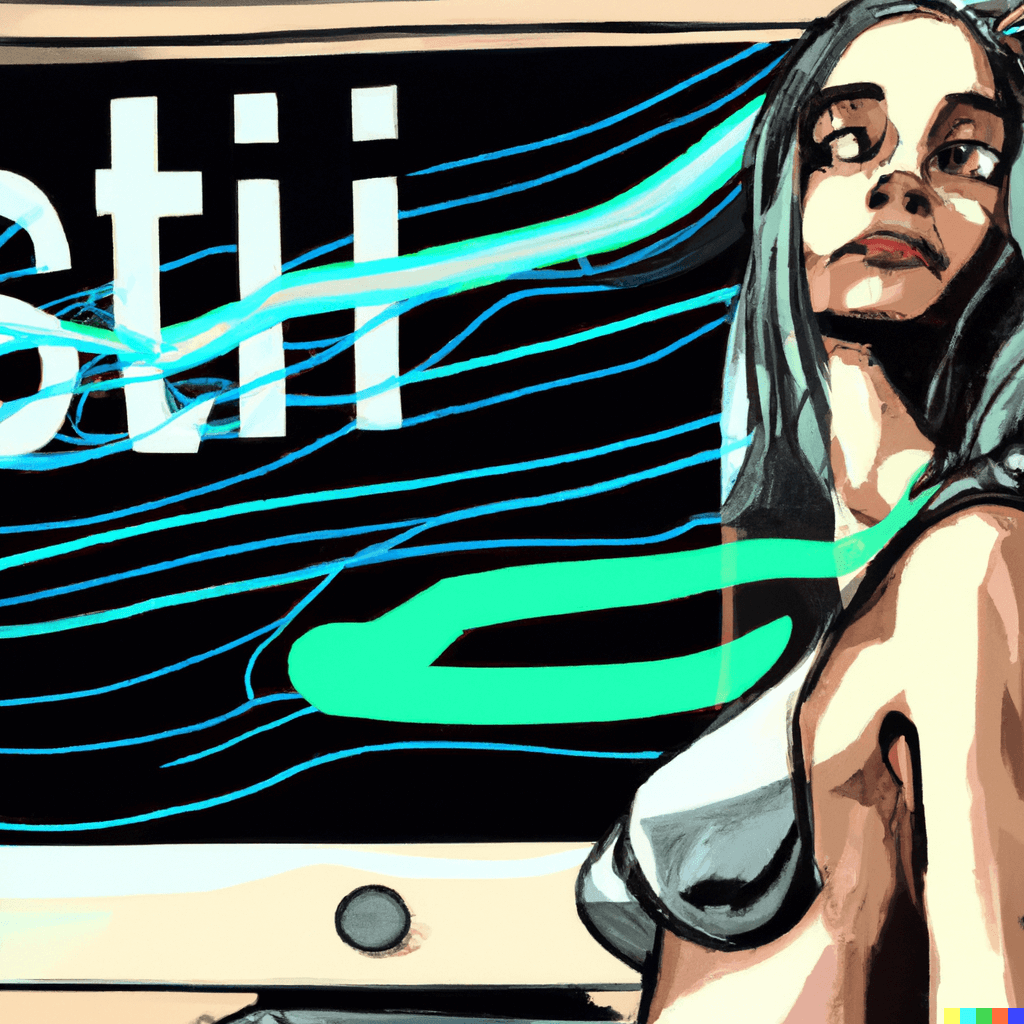
Dozens of AI-powered porn generators are producing professional artwork-quality products, although not photorealistic porn, yet. Based on the open-source text-to-image generator Stable Diffusion, a platform called Unstable Diffusion claims it has more than 350,000 users generating more than half a million images every day.
While Unstable Diffusion can create images based on billions of captioned images, it reportedly struggles with accurate portrayals of sexual intercourse. However, it and others can also generate nude images of celebrities like Donald Trump and ordinary people whose pics are stolen from social media sites. Sometimes these deepfakes are used for blackmail and harassment, and even worse are images portraying underage characters and real kids. And just like delivery drivers, copywriters, and travel agents, porn stars are now worried they may be put out of work by AI.
AI Billionaires School US Senators in a Closed-door Briefing
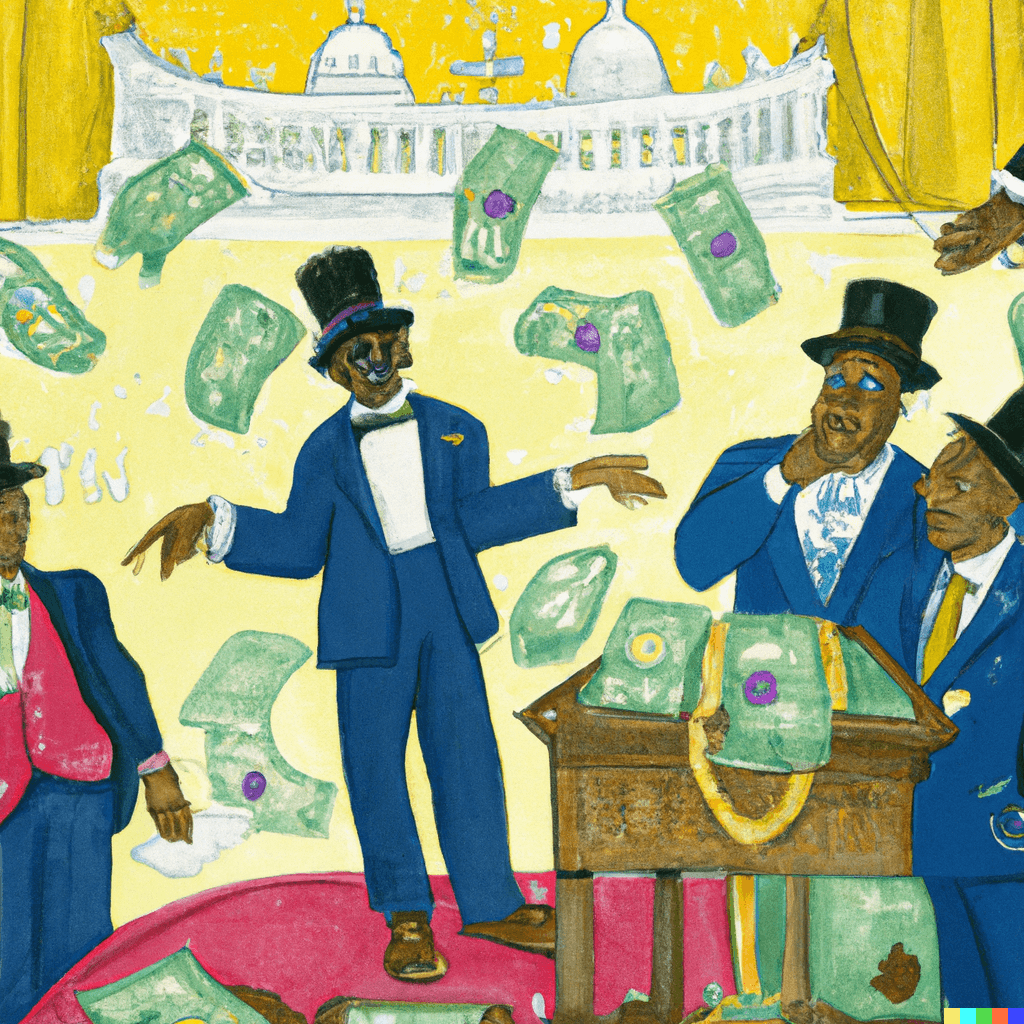
In a historic briefing, over 60 U.S. Senators were educated by Silicon Valley CEOs, ethicists, and other experts on the importance and risks of generative AI technology. Elon Musk and Sam Altman, among others, emphasized the need for government regulation. There was a general consensus on the urgency of the matter, though opinions differed on specifics, such as whether to create a new agency for AI or use existing entities like NIST. The session also touched on social and ethical considerations like job displacement, privacy, and civil rights.
Despite the consensus on the need for regulation, critics argue that the closed-door nature of the briefing and the lack of tangible legislative plans raise concerns about the efficacy of such meetings.
Employee Monitoring Software Can Help Train AI to Replace Workers
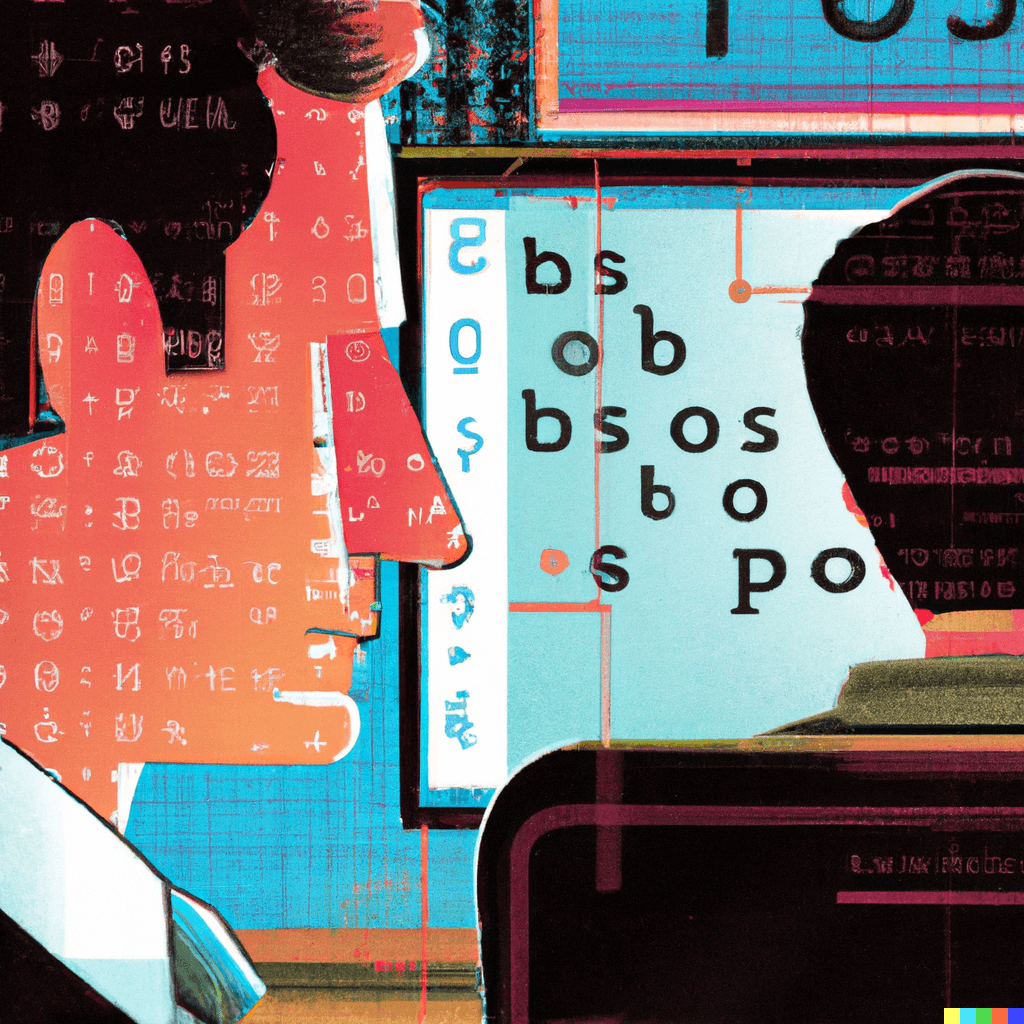
Teramind, Insightful, DeskTime, ActivTrack, Veriato, and Time Doctor are some of the most common “tattleware” software apps used for remote employee monitoring. Some employers even use a camera to monitor a live feed of the employee. Video surveillance can also be automated with facial recognition software to ensure it’s the employee sitting behind the keyboard. Then there’s the Productivity Score feature built in to Microsoft 365 that is used by millions of companies worldwide including four out of five Fortune 500 companies.
These remote employee productivity apps became common after the COVID-19 pandemic pushed workers out of the office, but the data they collect can be used to train AI to replace them. With the reams of data collected by employee monitoring, and having employees interact with custom AI programs that can learn from them, workers are unwittingly training the AI bots that will replace them. Call centers, customer service, and travel are just a few of the places where bots will replace employees, with massive unemployment and economic strife ensuing.
Tesla is Building a Supercomputer Named Dojo to Fuel AI Advances
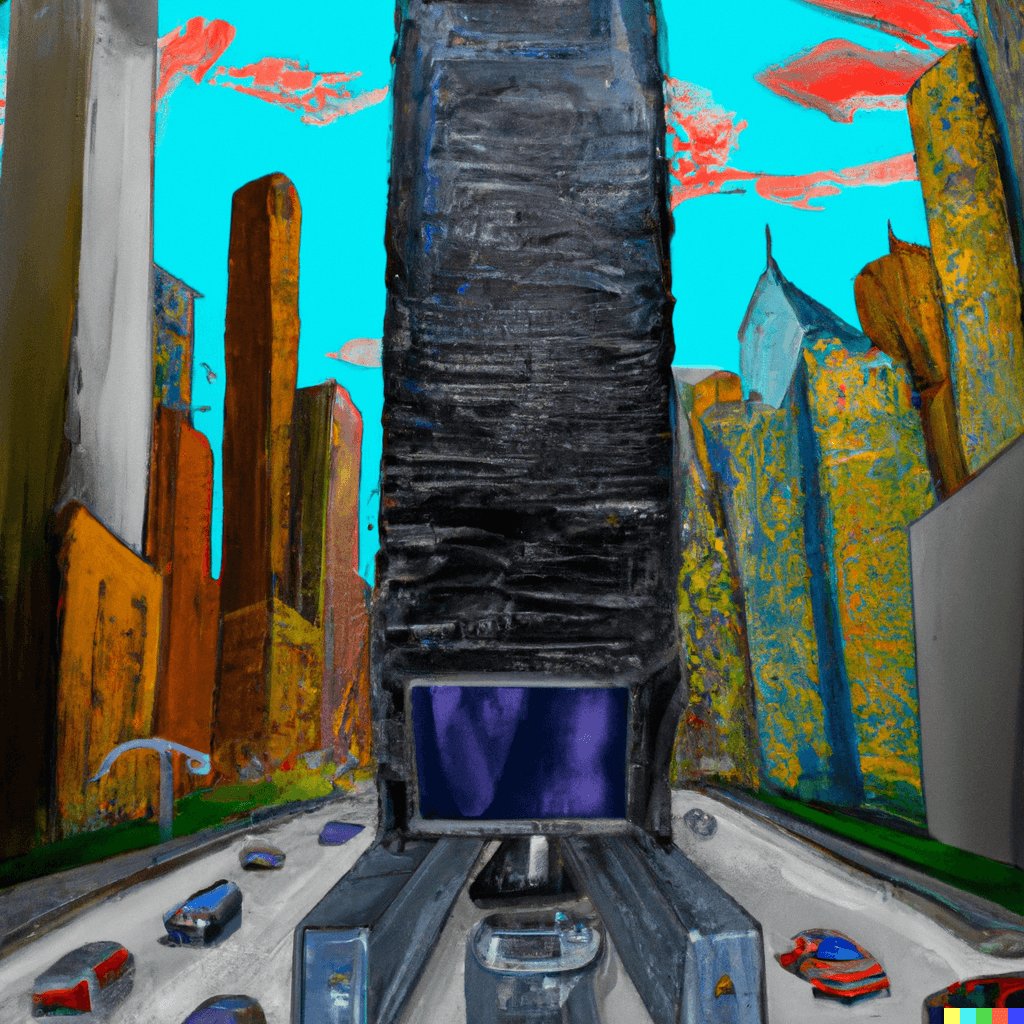
Using its own machine learning chips to handle complex algorithms, Tesla hopes massive computing power crunching data from Tesla’s cars on the road will lead to breakthroughs for its Full Self-Driving (FSD) software. But the ability to process video of busy streets and road signs may also help Tesla branch into other industries where computer vision is critical, including health care, security, and aviation.
Amazon Investing Up to $4 Billion in Anthropic, Maker of AI Chatbot Claude
Anthropic was formed only two years ago by former OpenAI executives and is a rival to ChatGPT. Taking a chunk of Nvidia’s chip market, Amazon AWS will supply its own semiconductors to train Anthropic’s AI models on huge data sets. Anthropic will use AWS cloud services, giving AWS customers the ability to build custom Anthropic AI models via Amazon Bedrock — a service that lets customers build generative AI applications in the cloud via existing models, rather than train their own models.
Amazon also previewed the next generation of Alexa, aiming to improve its conversational abilities with generative AI. The assistant will better match the tone of users for human-like conversations.
Some Governments Ban ChatGPT While Others Embrace It
The response to ChatGPT by US state and local governments and departments has been mixed. Some ban it altogether, others use it to streamline bureaucracy, some issue rules about usage, while others simply train employees how to use it.
- The EPA blocked its employees from accessing ChatGPT.
- In Vermont, government workers use it to learn new programming languages and write internal-facing code, and the state even has a Director of Artificial Intelligence.
- The city of San Jose, California, wrote 23 pages of guidelines on generative AI and requires municipal employees to fill out a form every time they use a tool like ChatGPT, Bard, or Midjourney.
- In Mason City, Iowa, ChatGPT was used to determine which school library books should be banned because they described sexual acts.
- In San Jose, Seattle, Boston, and the state of Washington, employees must disclose their use of generative AI in their work product while Kansas’ guidelines do not.
AI-powered Facial Recognition Software Jails Argentinian After a Data Entry Error

A wanted criminal’s ID number was erroneously entered into a facial recognition database under an innocent man’s record with the same name. The eye in the sky identified the innocent man catching a train in Buenos Aires and alerted the police who detained him for a week until the error was uncovered.
